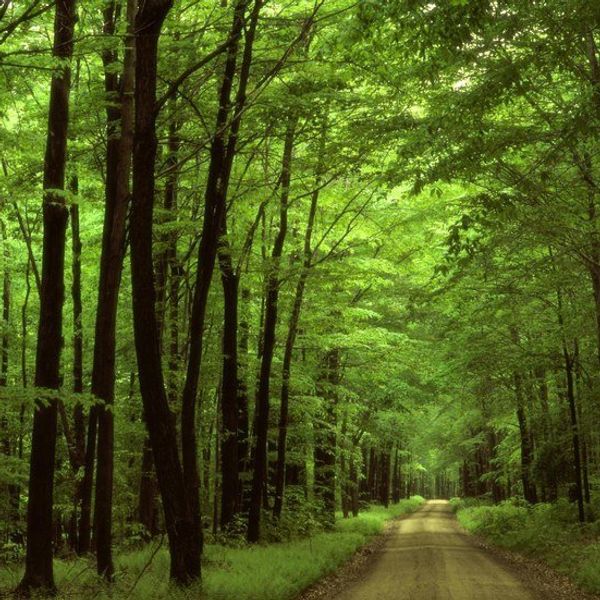Upon coming back from Alaska this week, I realized that something our tour guides from the Kenai Fjords National Park boat and the Denali National Park bus tour told us really stuck in my head. They started off by thanking all of us for taking the time to come out and experience the national parks. The Denali tour guide continued by explaining how he doesn’t believe those over 6 million acres are solely a US National Park, but rather a place the United States protects for the world to see. The Kenai Fjords guide continued by explaining how all over other countries there are many old structures to see, but the best part of America is that instead, we have so many different types of national parks with unwavering beauty.
I’m not here to say the Hollywood Sign in California or the New York City skyline aren’t national landmarks, because they’ve stood as the epitome of just that for years and continue to do so. Instead, I hope to create the realization of what happens when you decide to vacation at, or at least visit, a park that may only be a few hundred miles from a city or popular vacation spot that comes to mind. Some of my favorite family trips have been hiking to Paradise Point on Mount Rainier, seeing the contrasting landscape of Death Valley, and watching Half-Dome disappear as the sunset in Yosemite. In 1872, President Grant signed Yellowstone into law as the first National Park and 44 years later, through the Organic Act, President Wilson created the National Park Service. Since then, Acadia in Maine, Everglades in Florida, and Gates of the Arctic in Alaska have been added, and more importantly, efforts have been made for their preservation.
You may not realize what you’re missing out on until you get there, and sometimes it is too late. I know that as the climate has heating up, glaciers are melting, but it wasn’t until I stood there and saw a sheet of ice fall into the water, or see the markings of how Exit Glacier is retreating an average of 30ft a year, that I had a gut-wrenching feeling of disgust. I feel that there are often two stances taken when coming to nature: people either want to get up close and personal — especially with animals — and others feel that to truly maintain nature, there should be no human interaction. I can see where both views come from, I mean who wouldn’t want to get an epic picture of a grizzly snatching a salmon from the water or who wouldn’t feel down when hearing about manatees dying from watercraft collisions? This is why the National Park Service is the wildlife’s and really our saviors, showing us how to safely see the great show our planet has put on display!
With hundreds of Ranger talks at the national parks, and mapped out trails and viewpoints, the National Park Service has created a great system of viewing our vast landscapes. You’re not in a zoo; when exploring these parks, you may find an alligator through your boat ride in the Everglades, or a scorpion on your hike through Zion, and even a black bear, with her cubs, through your hike in the Olympics. Instead of watching documentaries on Netflix, you get to live them. Instead of monitoring your fitness at the gym, you get to experience how strong your mind and body really are as you climb up to the top of a ridge. Instead of always visiting beautiful classical architecture abroad or always visiting one of the country’s concrete jungles, consider going the extra miles not to just see, but also experience the awe-inspiring micro-worlds our nation’s parks have to offer!
Happy 100th Birthday National Park Service! I cannot wait to visit another park and come away with another flood of memories.





















